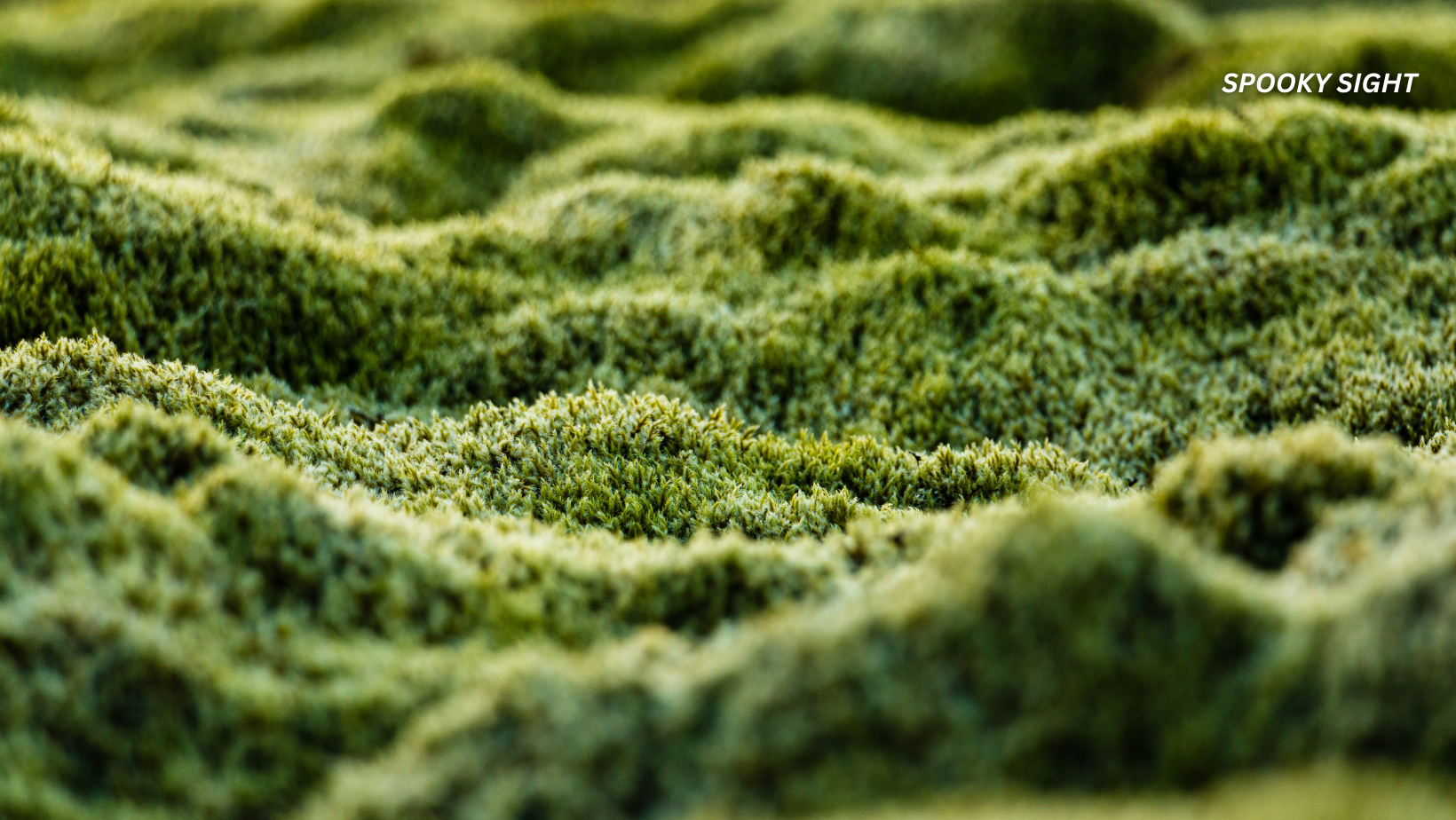When severe weather battered the coastal city of Portimão, Portugal, it did more than disrupt daily life-it unearthed a hidden chapter of history. The collapse of a weathered wall at the 15th-century Igreja Matriz de Portimão exposed a macabre discovery: twelve human skeletons concealed within the structure. This unexpected find has ignited both archaeological intrigue and public fascination, offering a glimpse into centuries-old burial practices.
The Discovery: From Rubble to Revelation
The Igreja Matriz de Portimão, perched atop the city’s highest point within the old town walls, has long been a symbol of the region’s heritage. Known as the Mother Church of Portimão, it stands as a significant historical and architectural landmark. Built in the late Gothic style, the church’s architecture reflects influences from the Monastery of Batalha, blending Baroque, Rococo, and Manueline elements over successive renovations. However, time and weather recently took a toll, causing a section of the church’s perimeter wall to crumble.
Work crews assessing the damage uncovered skeletal remains amid the debris. Municipal authorities swiftly enlisted archaeologists from ERA Arqueologia and the Portimão Museum to investigate. Preliminary investigations indicated the existence of at least twelve bodies. However, archaeologists do not rule out the possibility of finding more skeletons. Radiocarbon dating suggests the bones span the 16th to 19th centuries. “The site’s layered chronologies indicate repeated use as a burial ground,” noted Rita Dias, lead archaeologist for the project.
Read more: Archaeologists Mistook It for Scrap—Then Realized It Was a Chariot Tire From the Iron Age
Churches as Cemeteries: A Common Practice
The discovery aligns with historical norms. Until the mid-19th century, churches across Europe often served dual purposes as places of worship and community burial grounds. “Finding human remains near religious sites is hardly surprising,” explained a municipal representative. “These spaces were central to both spiritual and mortal life”.
Technicians are studying the possibility that there may have been an “ancient cemetery at the site,” since the bones were discovered within the church’s precinct. Local records confirm that the Igreja Matriz de Portimão’s courtyard and surrounding walls were part of an extensive burial complex. Vera Teixeira de Freitas, an archaeologist at the Portimão Museum, emphasized that the practice of interring bodies near churches persisted until public health concerns prompted relocations. By 1863, Portimão had established a new cemetery on the city’s outskirts, marking the end of churchyard burials.
Unlocking the Past: What the Bones Reveal
Archaeologists are now meticulously analyzing the skeletons to uncover details about age, sex, health, and cause of death. Such studies could illuminate societal trends, dietary habits, and disease prevalence across four centuries. However, precise dating remains challenging. “No artifacts directly associated with the burials have been found yet,” Freitas admitted, though she remains optimistic that ongoing excavations may yield further clues.
The team also aims to determine whether the remains belong to local residents or travelers drawn to Portimão’s bustling port. As a hub of maritime activity since the Middle Ages, the city’s demographic history is richly layered-a narrative these bones may help decode.
A Glimpse into Portimão’s Rich History
Portimão, situated in the Algarve region of southern Portugal on the banks of the Arade River, boasts a history stretching back to prehistoric times. The area was initially settled during the prehistoric epoch. The Cynetes, influenced by the Celts and Tartessos, inhabited the Algarve for centuries.
The mouth of the Arade River served as a crucial natural shelter, evolving into a modest commercial port for the Phoenicians, Greeks, and Carthaginians. The Carthaginians established two settlements nearby in the mid-6th century BC, known by their Roman names Portus Magonis and Portus Hannibalis, with Portus Magonis forming the nucleus of modern-day Portimão.
In 1249, Knights of the Order of Santiago reconquered Portimão from the Arabs, integrating it into the Kingdom of Portugal during the reign of Afonso III. The constant threat of pirate raids made the coastal area unsafe, necessitating the construction of protective walls. The Castle of São João in Ferragudo and the Fort of Santa Catarina in Portimão were built to defend against pirate attacks.
Preservation and Public Interest
Restoration efforts now balance structural repair with historical preservation. The collapsed wall is being rebuilt using traditional techniques to maintain the church’s architectural integrity. Meanwhile, the discovery has captivated locals and historians alike, prompting discussions about additional surveys of the site.
Portimão’s mayor highlighted the find’s cultural significance: “This church is a cornerstone of our identity. Each layer of its history-even those hidden in walls-deepens our connection to the past.”
Exploring the Igreja Matriz de Portimão
The Igreja Matriz de Portimão, also known as Igreja de Nossa Senhora da Conceição, is a 15th-century church located within the walled perimeter of Portimão. The largest church in the town, Igreja Matriz de Portimão, offers an artistic welcome of religious art and architecture once you enter it. This church includes gorgeous wooden ornamented altars, stuccoes, mosaic flooring, and beautiful stained glass windows . The late Gothic portal is inspired by the Monastery of Batalha, and the church has undergone several renovations over the years . Various styles coexist there, such as Baroque, Rococo, and Manueline.
Other Landmarks in Portimão
- Fort of Santa Catarina: Located on the cliffs overlooking Praia da Rocha, the Fort of Santa Catarina was built in the 17th century to protect the city from pirate attacks. The fortress was built on the site where a small chapel dedicated to St. Catherine of Alexandria already existed .
- Portimão Museum: Housed in a former sardine canning factory, the Portimão Museum features exhibits on the local fishing industry, archaeology, and ethnography .
- Marina de Portimão: Situated at the Arade River estuary, Marina de Portimão is framed by the historical forts of Santa Catarina and São João .
Read more: Intelligence on Earth Has Evolved Independently at Least Twice: Scientists
Broader Implications: A Window into European Burial Practices
The Igreja Matriz de Portimão’s skeletons are far from an isolated case. Similar discoveries have occurred in Spain, Italy, and the UK, where urban development and environmental factors periodically expose long-forgotten graves. These finds collectively underscore how pre-modern societies integrated death into daily life, contrasting sharply with contemporary norms that segregate cemeteries from residential areas.
For archaeologists, such sites offer invaluable insights. “Each bone tells a story,” Dias remarked. “Whether it’s evidence of epidemic outbreaks, occupational hazards, or social stratification, these remains are silent witnesses to history”.
Conclusion: Embracing the Unexpected
As Portimão’s archaeologists continue their work, one question lingers: What else lies hidden within the church’s ancient walls? While the skeletons have already enriched the city’s historical tapestry, they also remind us that history is never static-it can collapse into view when least expected.
For now, the Igreja Matriz de Portimão stands as both a monument and a mystery, its walls guarding secrets that even time has yet to fully unravel.
Featured image: Freepik/Getty.









